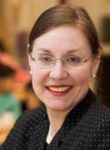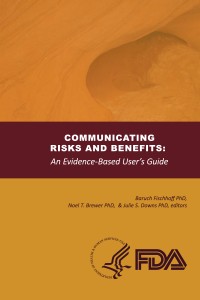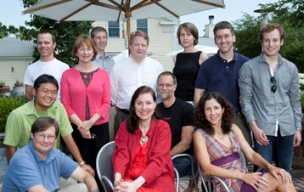By Karene Booker
Nine undergraduate students from the College of Human Ecology serving as extension interns spent their summer engaged in everything from teaching teens how to make better decisions to playing games with toddlers in order to answer key child development questions. Four of the internships were led by faculty in the department of human development.
The interns worked with faculty and community collaborators, particularly Cornell Cooperative Extension (CCE) associations, on creative projects that embody the college’s research, education and outreach missions and benefit communities throughout New York State. “CCE internships provide excellent opportunities for undergraduate students to learn first-hand about the ways research, education, and outreach complement each other,” said Jennifer Tiffany, associate director for extension and outreach in the College of Human Ecology.
Human development major Shelby Distenfeld ’13, traveled to Tioga and Seneca counties to recruit rural and low-income children for a study about how factors such as income and parenting influence children’s concept of choice. The project, under the direction of Tamar Kushnir, assistant professor of human development, “was very rewarding because I was able to play a role in many aspects of research from administrative duties and participant recruitment to collecting data,” Distenfeld said. “The opportunity to work with the mothers and children and see first-hand the differences in development among the children was eye opening.”
“An important lesson I learned is how research is actually conducted and how to successfully run a research project,” said Hemavattie Ramtahal ‘13. As a human development major, she dedicated her summer to investigating the relationship between poverty, emotion, and cognitive development in young children with Marianella Casasola, associate professor of human development. Ramtahal worked in Tompkins, Cortland, and Yates counties recruiting families for the study, conducted the experimental tasks or “baby games” with the children, trained other research assistants and analyzed data.
“My burning curiosity about risky decision making started in high school,” said Anna Zhu ’14. She wondered why teens make bad choices that jeopardize their health, future, or lives, and how to help them. A Human Biology, Health & Society major, she tackled these questions as part of her internship with Valerie Reyna, professor of human development. Zhu taught the experimental risk reduction curriculum in CCE’s 4-H Career Exploration program, prepared data for analysis, and worked with local partners and extension staff in New York City and Broome counties to administer follow-up surveys. “From this experience,” she said “I’ve already gained valuable skills in teaching, statistical analysis, and social science research – tools I expect to use in my career in public health.”
Sarah Dephtereos ’13 spent her summer exploring how 4-H educators use research. A policy analysis and management major, she worked with Steve Hamilton, human development professor and associate director for youth development at the Bronfenbrenner Center for Translational Research, to review the literature on research utilization and draft a guide to youth development websites for 4-H educators. Her review identified common problems practitioners experience with accessing research. “I saw these issues reflected in the youth development websites I assessed,” Dephtereos said.”
Other extension internships in the college included teaching new immigrants ways to maintain a healthy diet, creating gardens at low-income schools, developing a high tech fabric class for girls, piloting nutrition and parenting education program, and researching child custody decisions in low-income families.
Information for faculty about applying for the 2012 CCE internship program will be available in December.
Karene Booker is an extension support specialist in the department of human development.
Related websites:
Jennifer Tiffany:
CCE Summer Internship Program



















